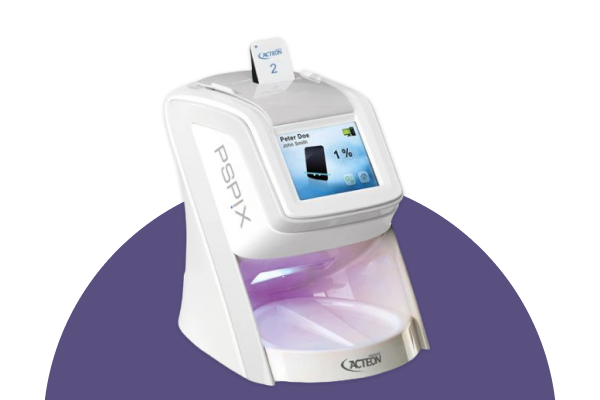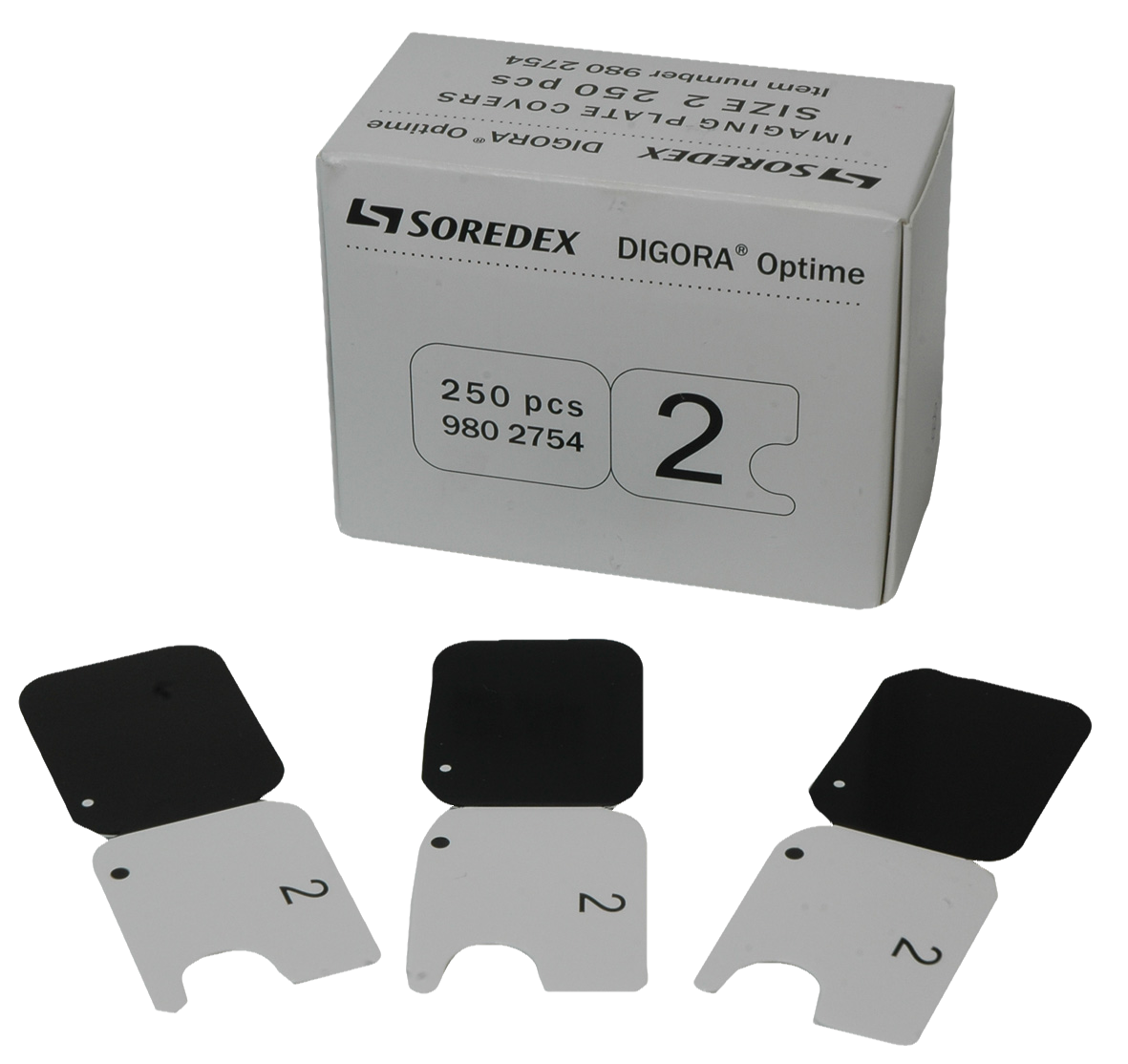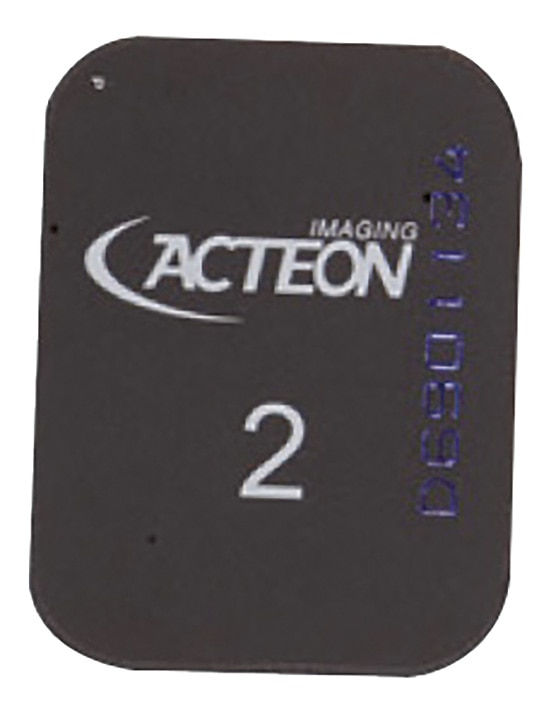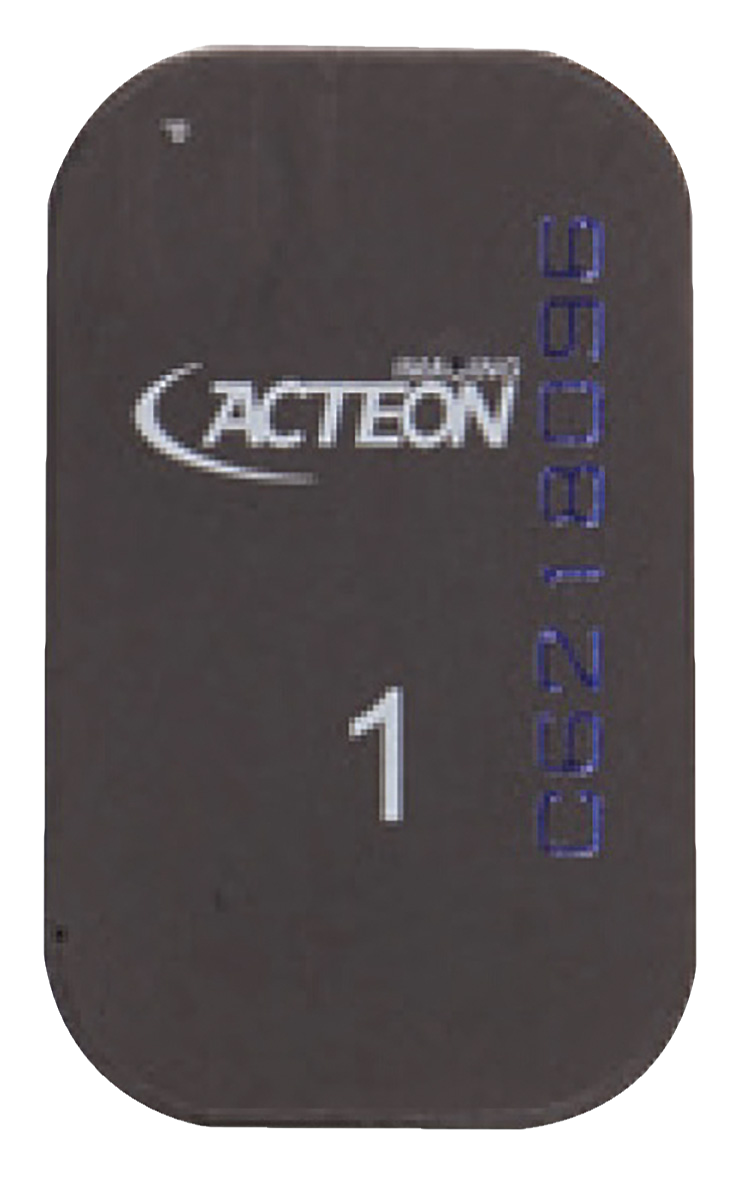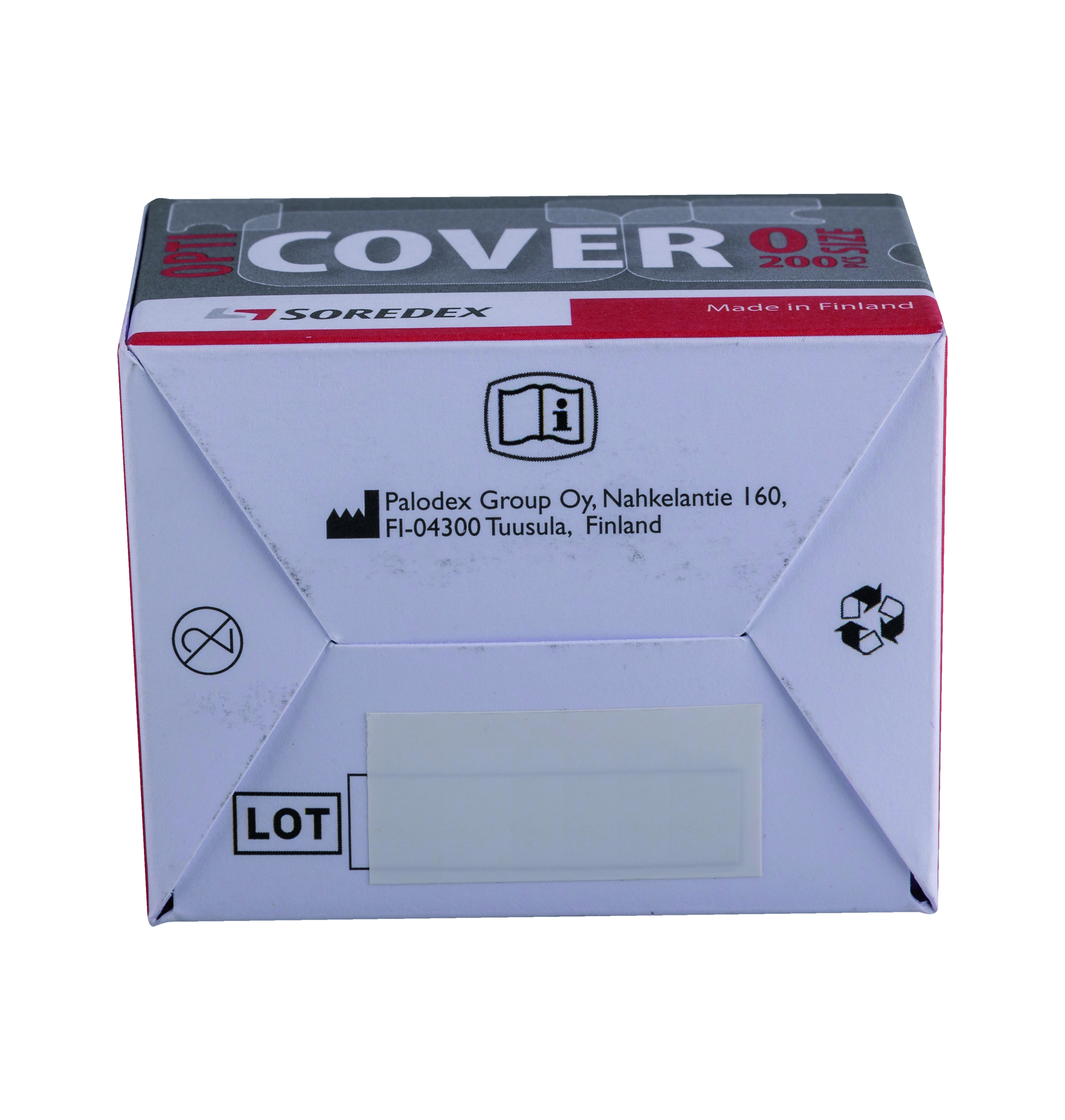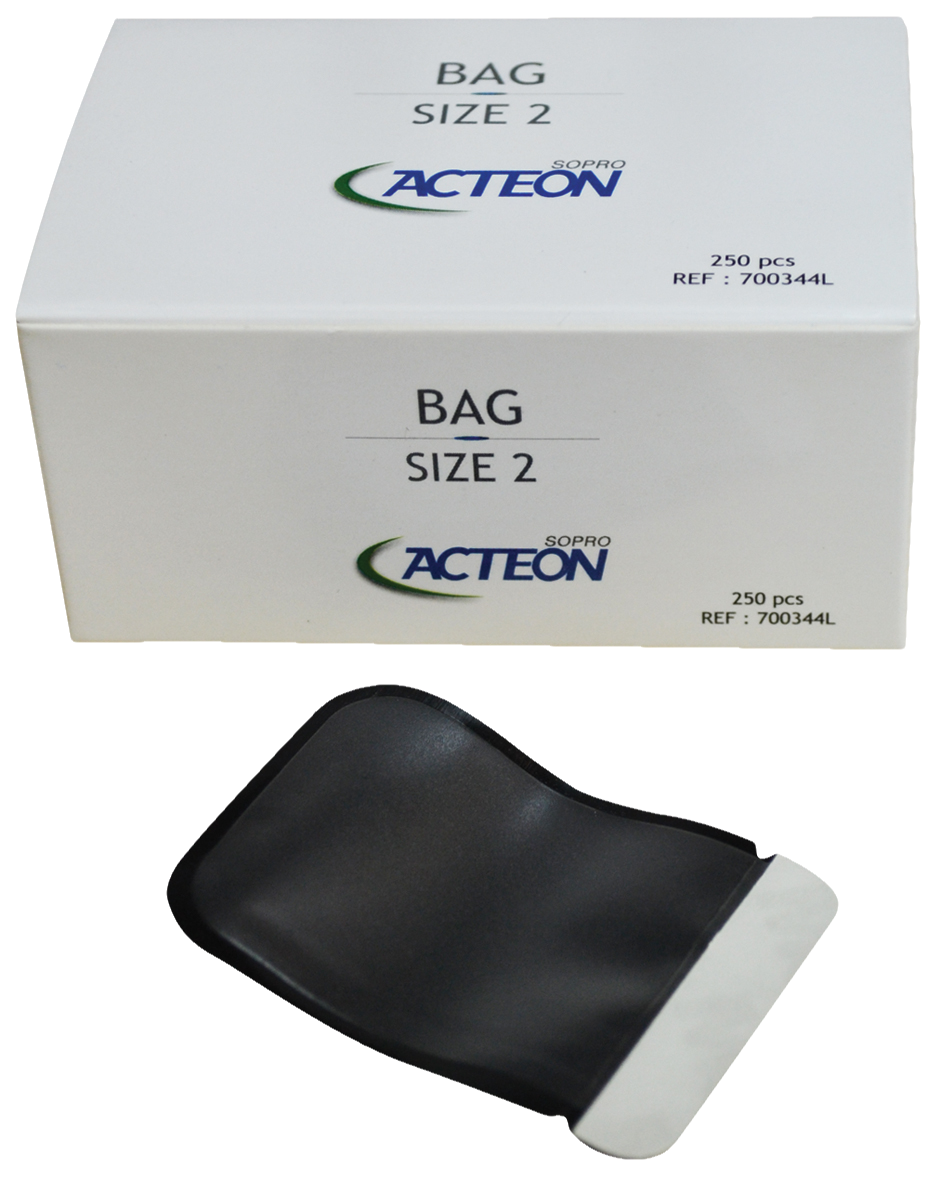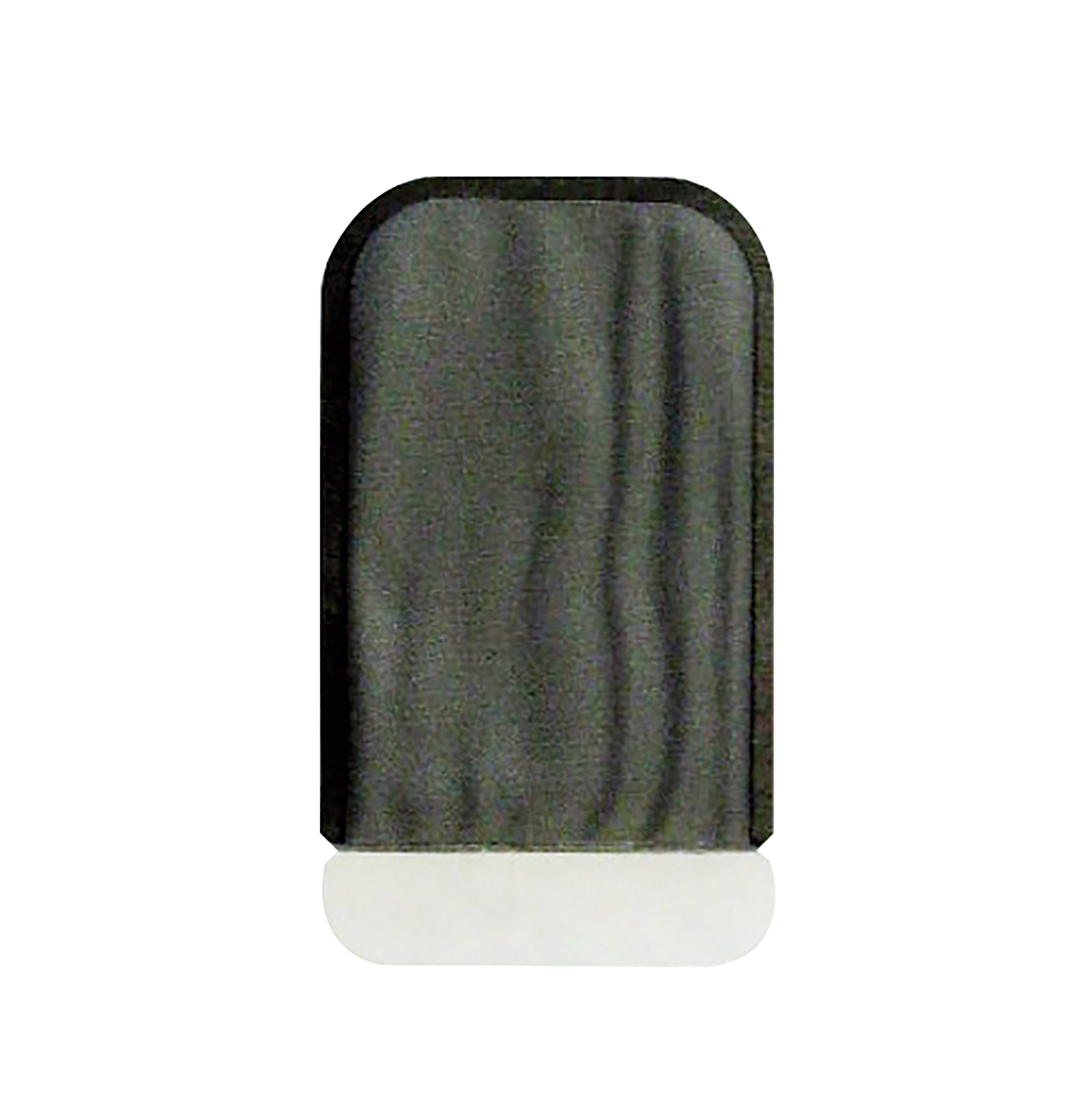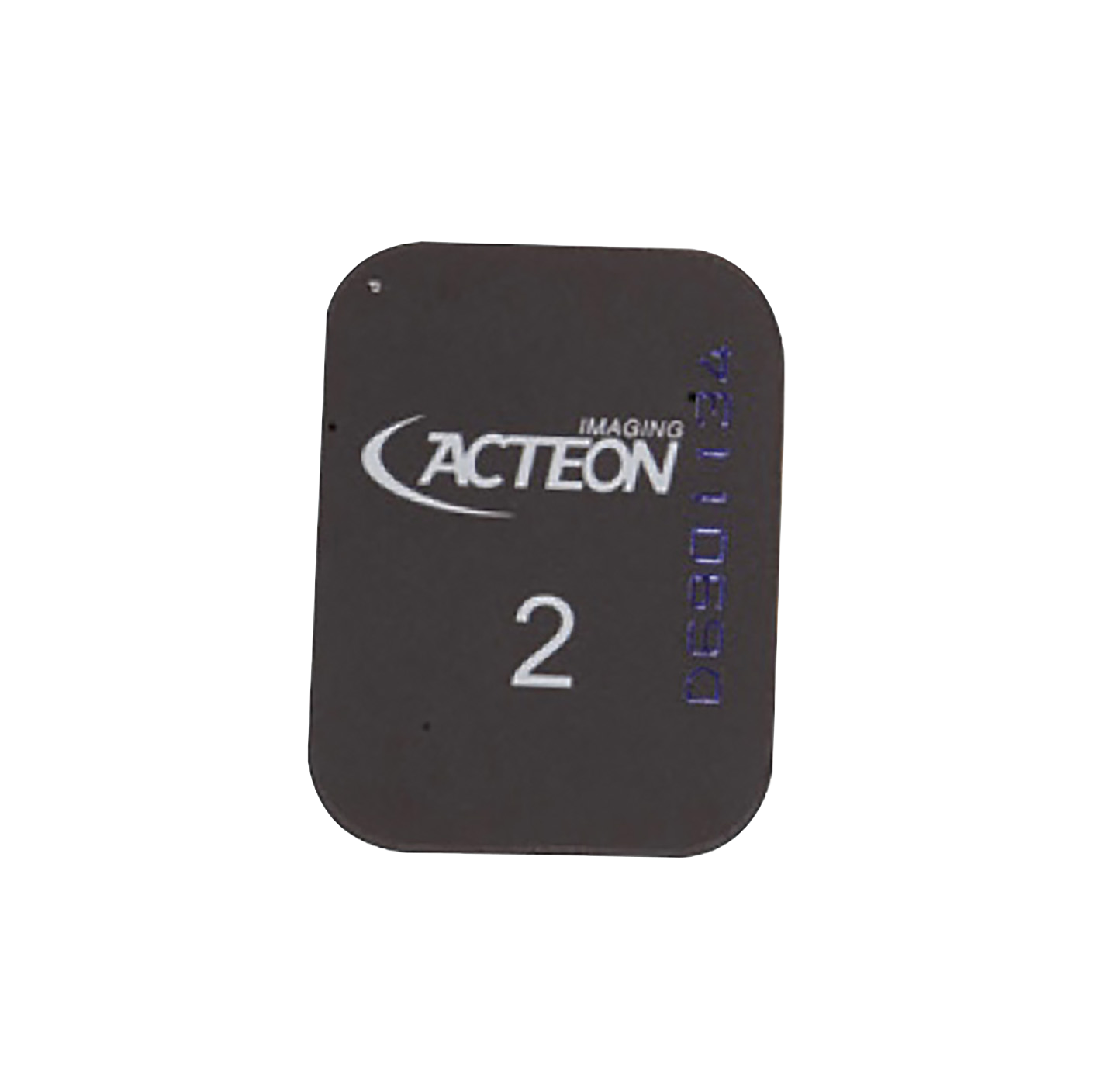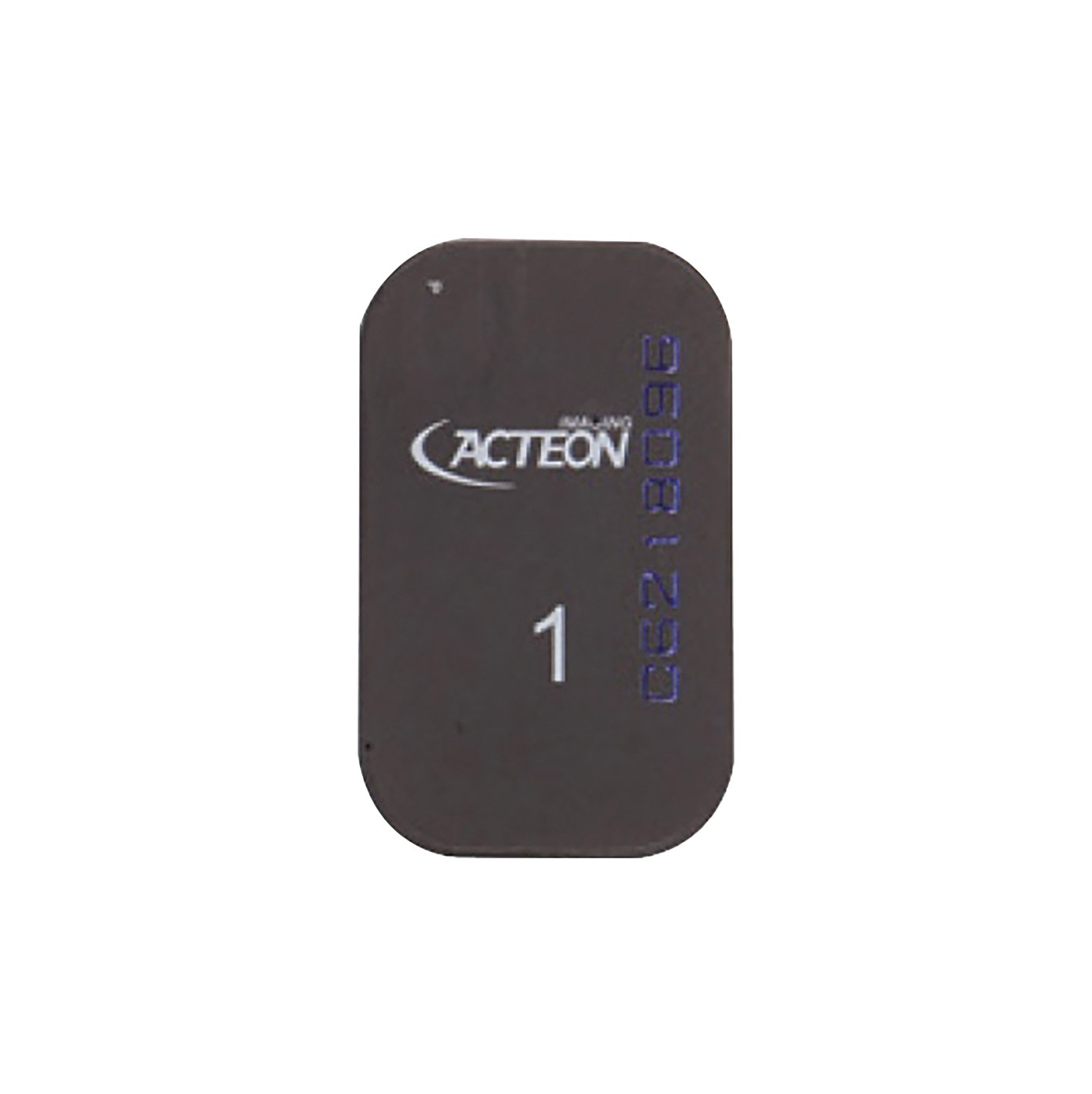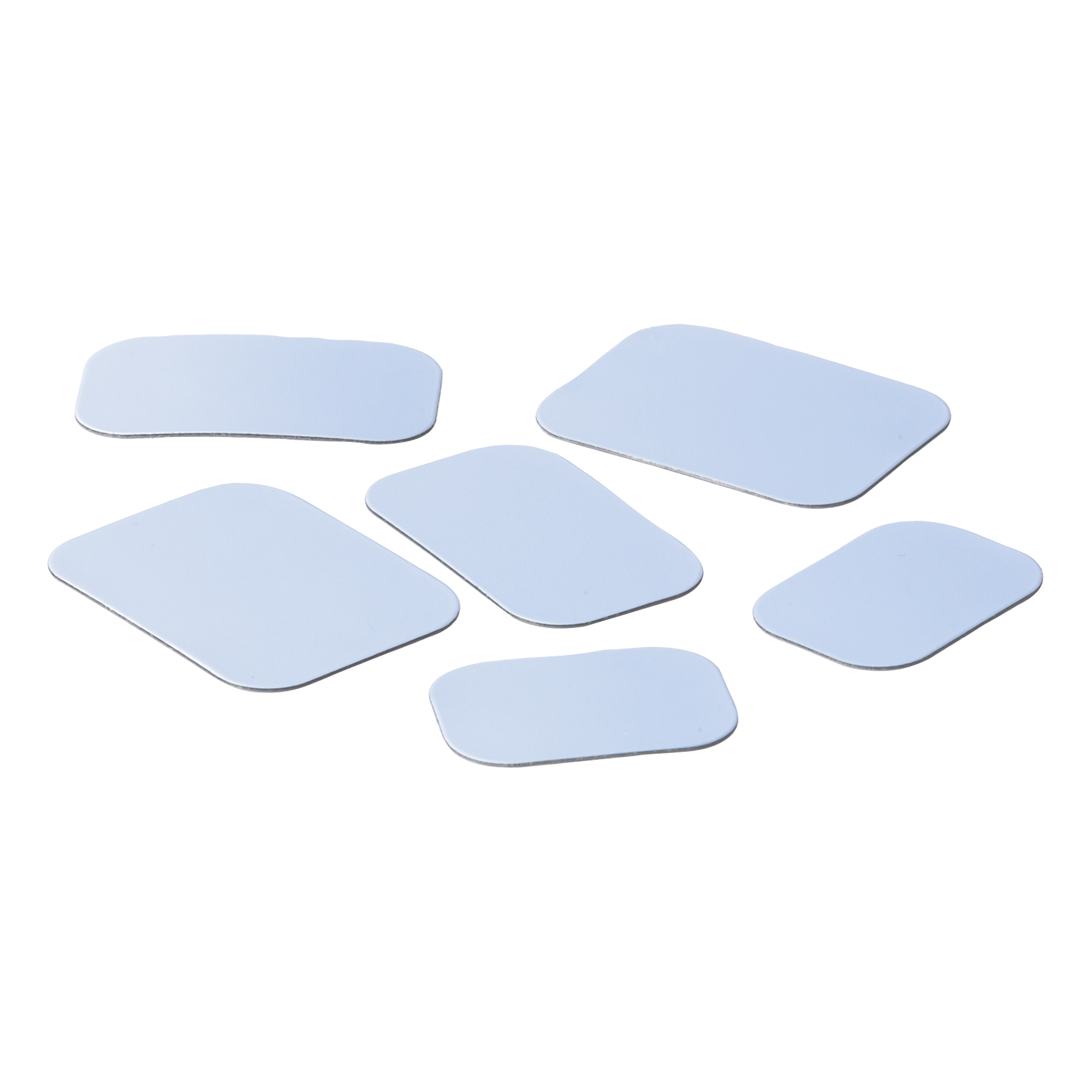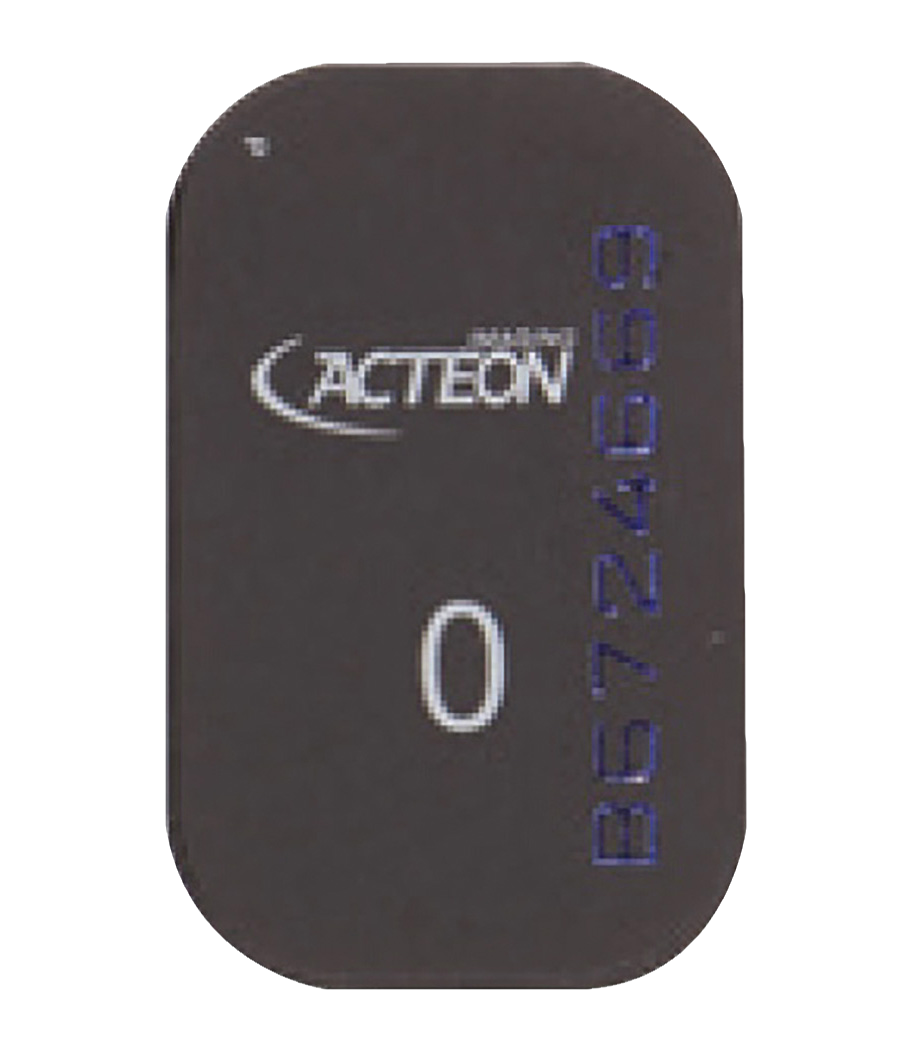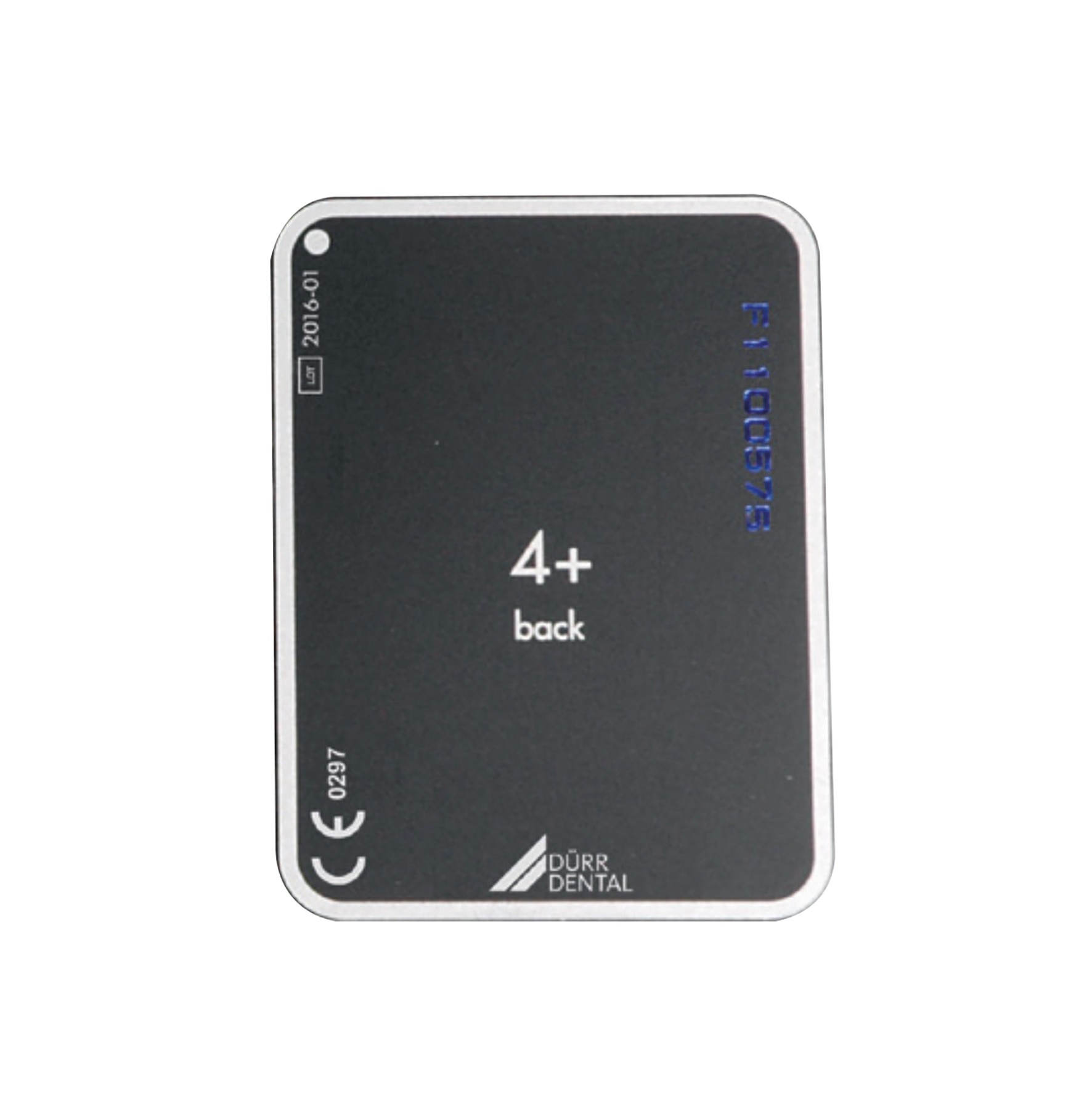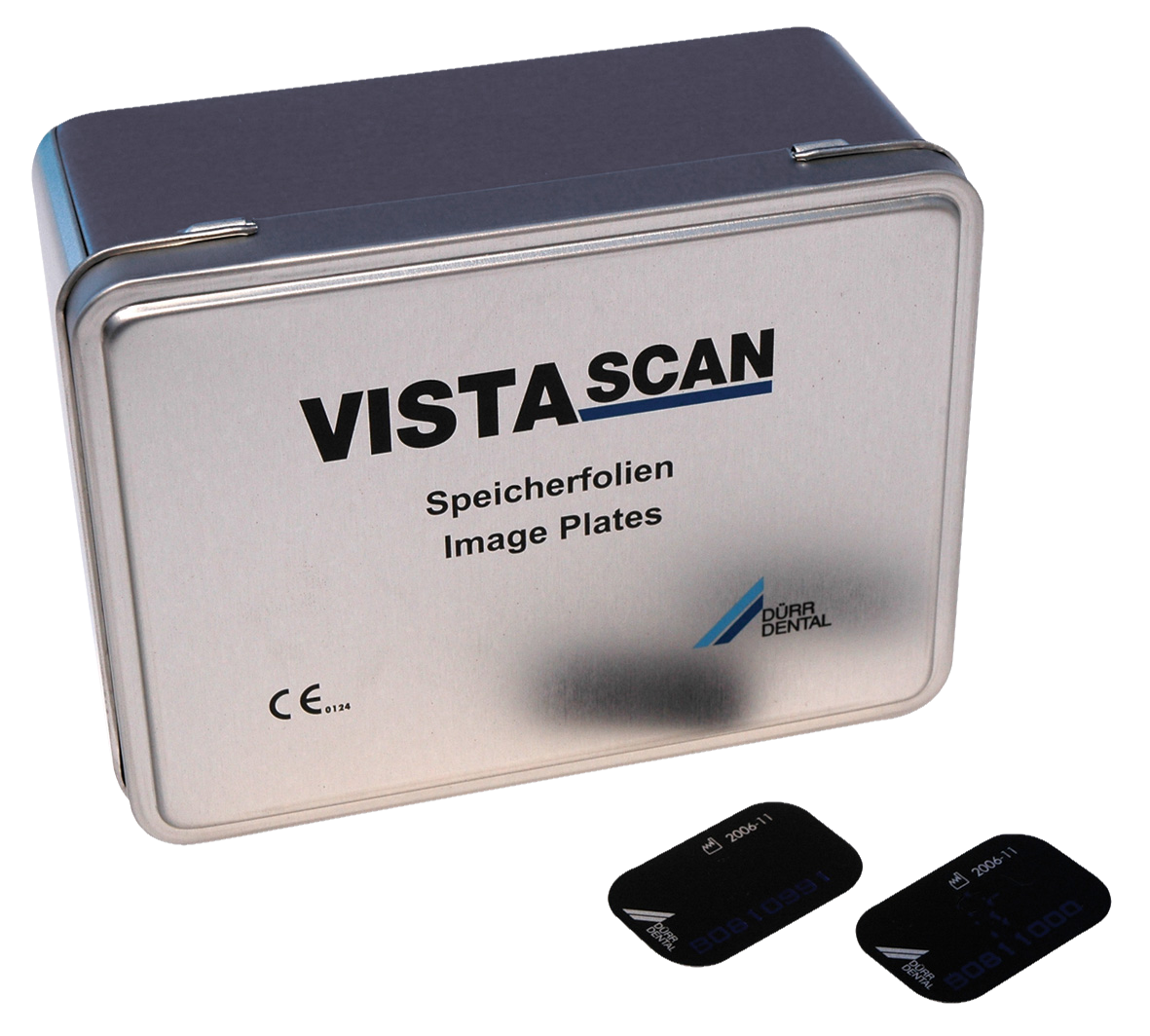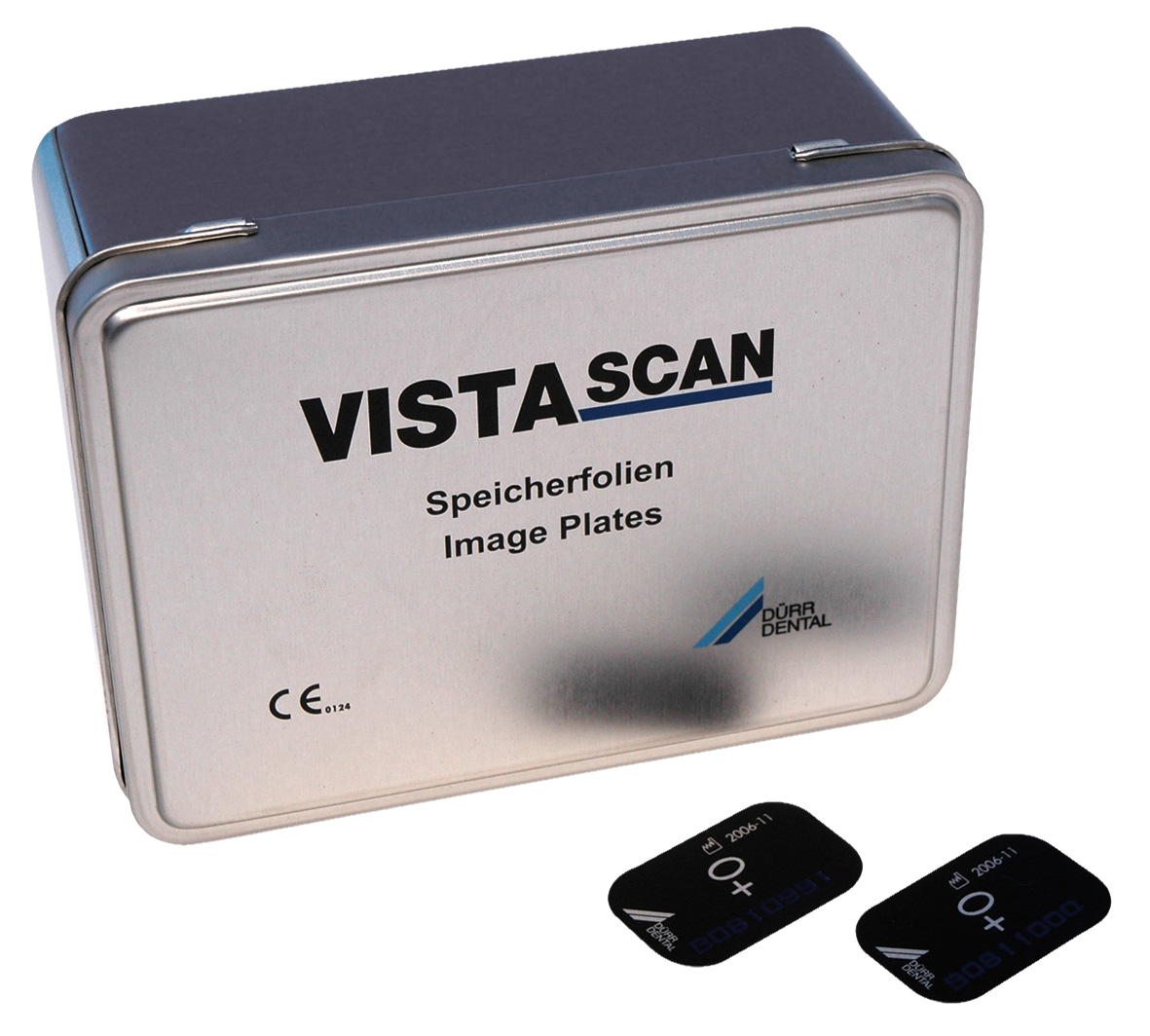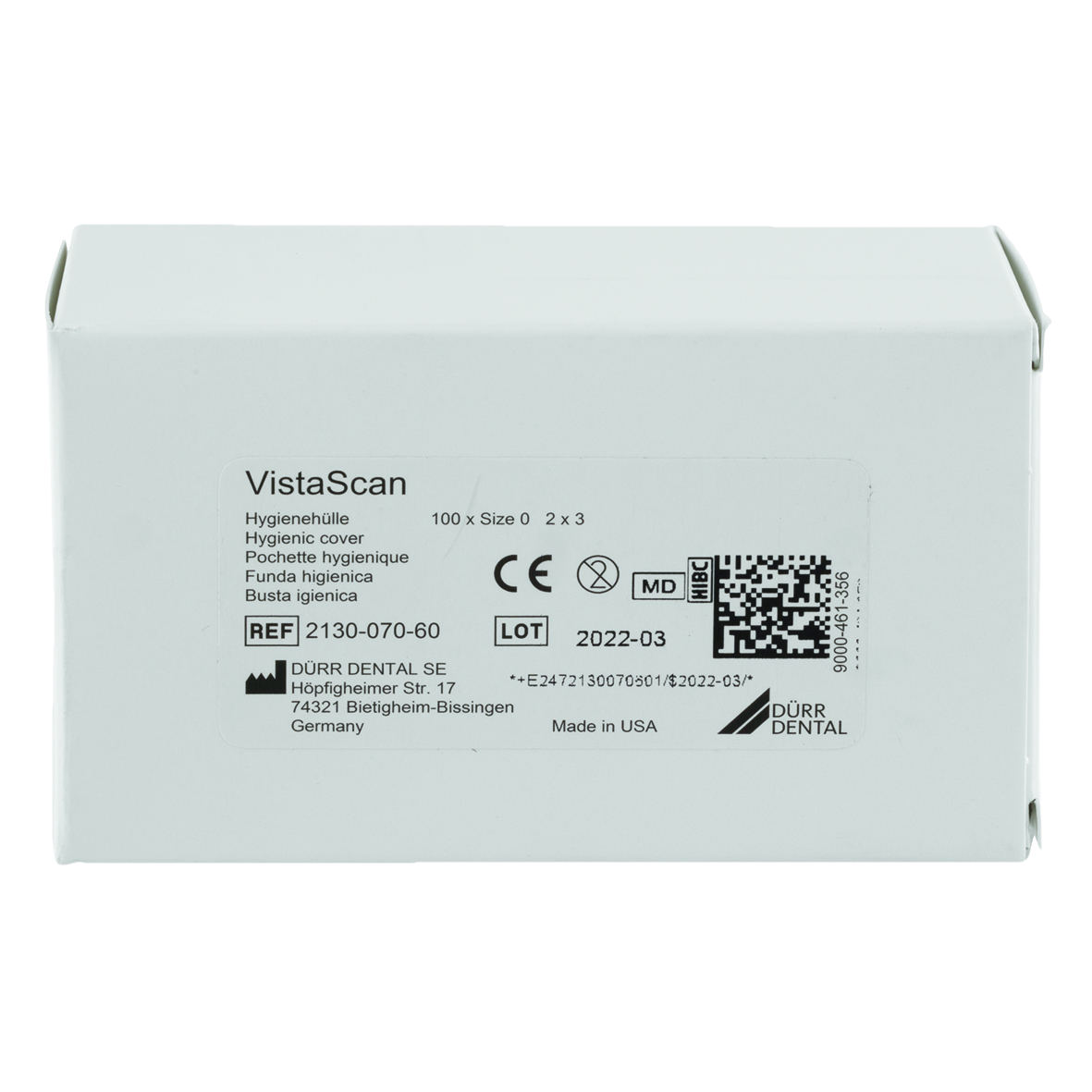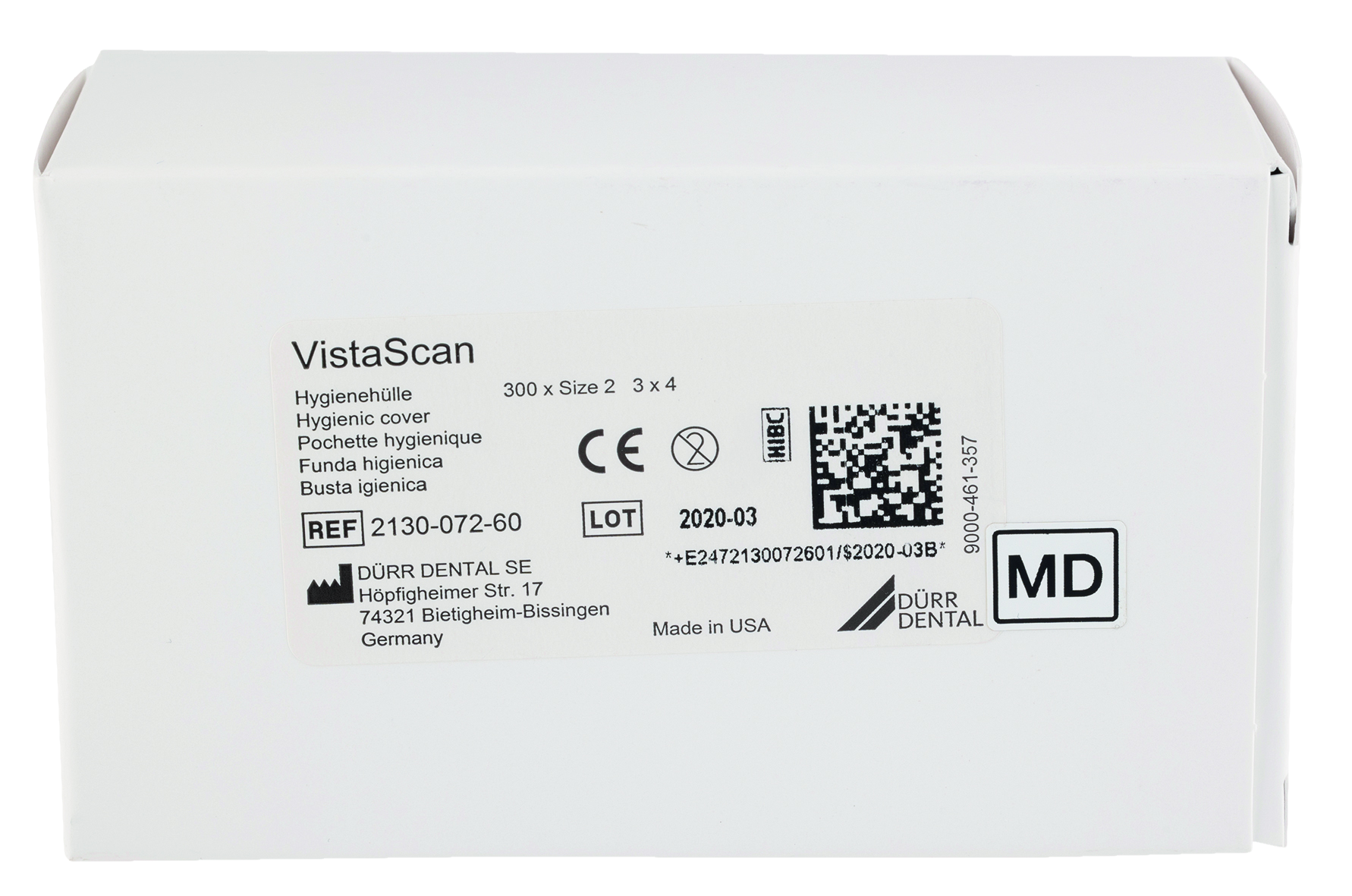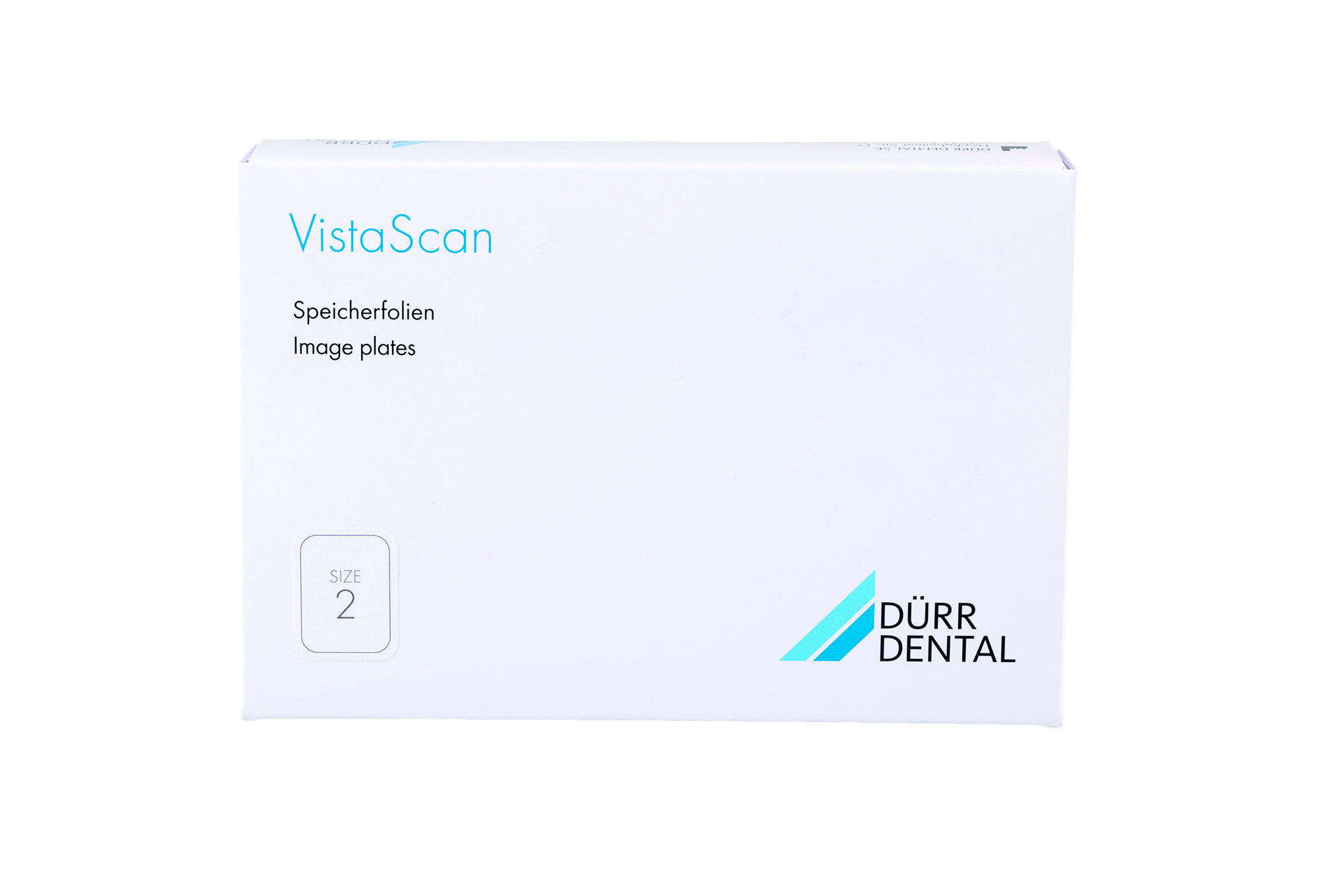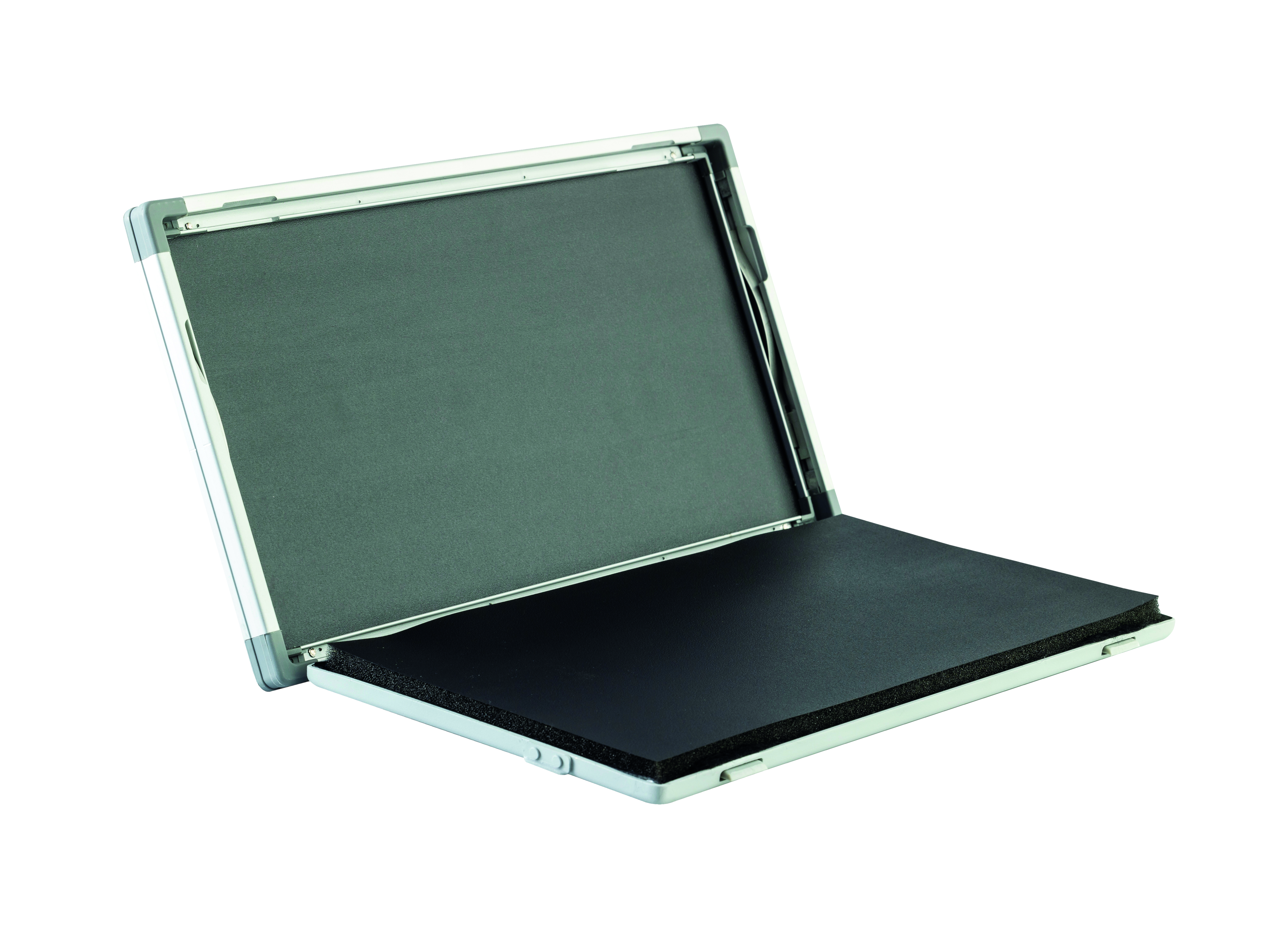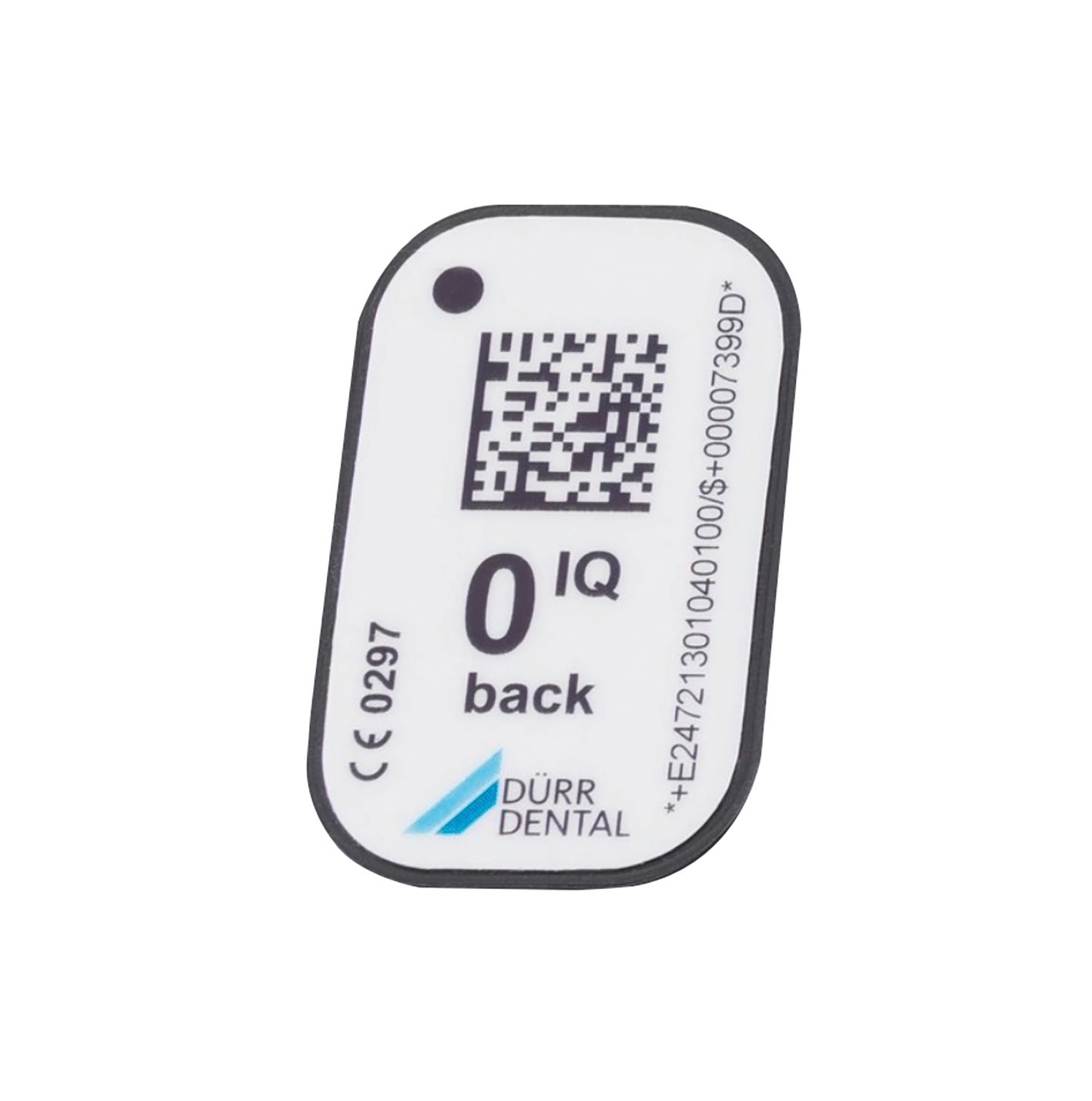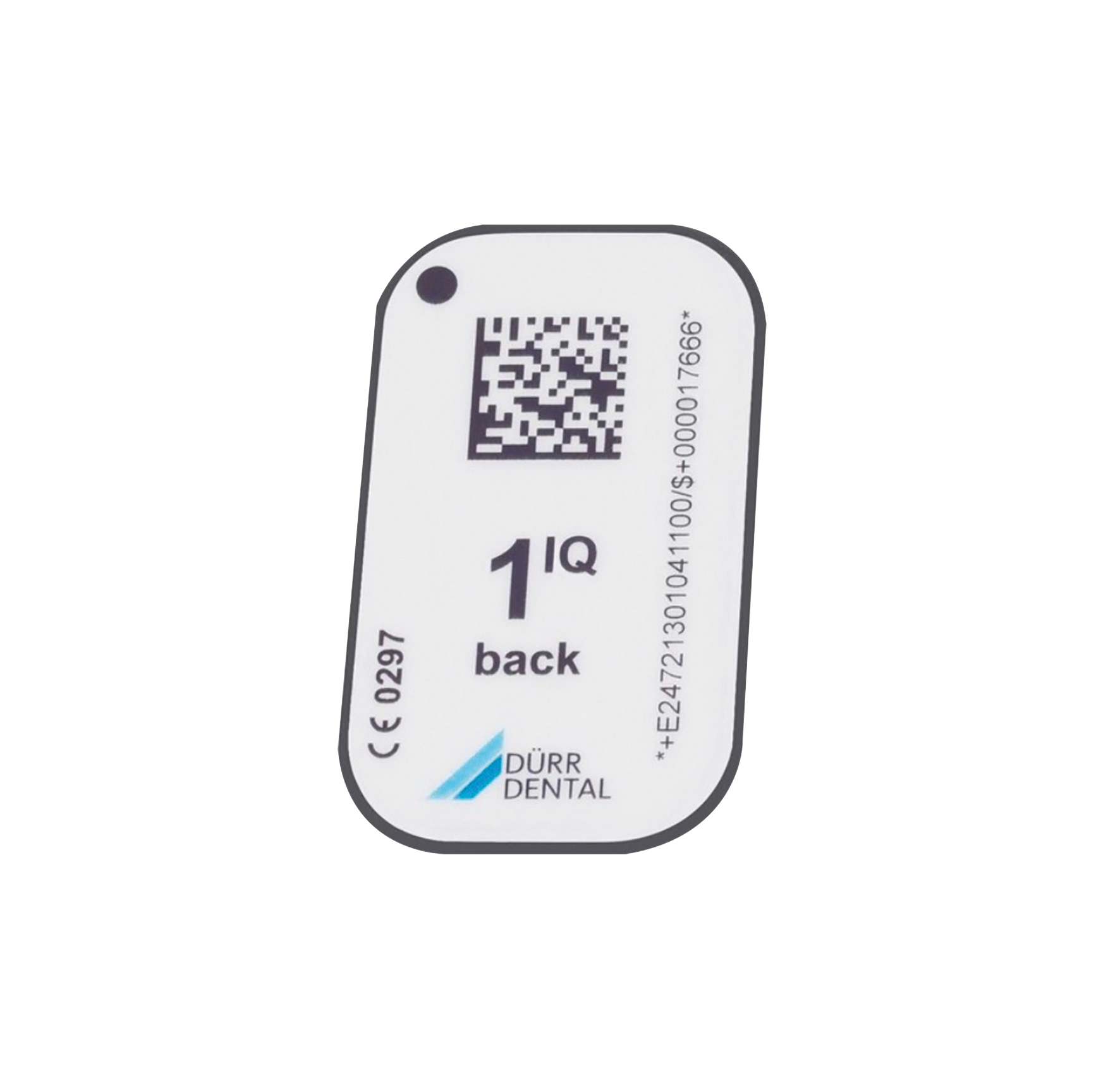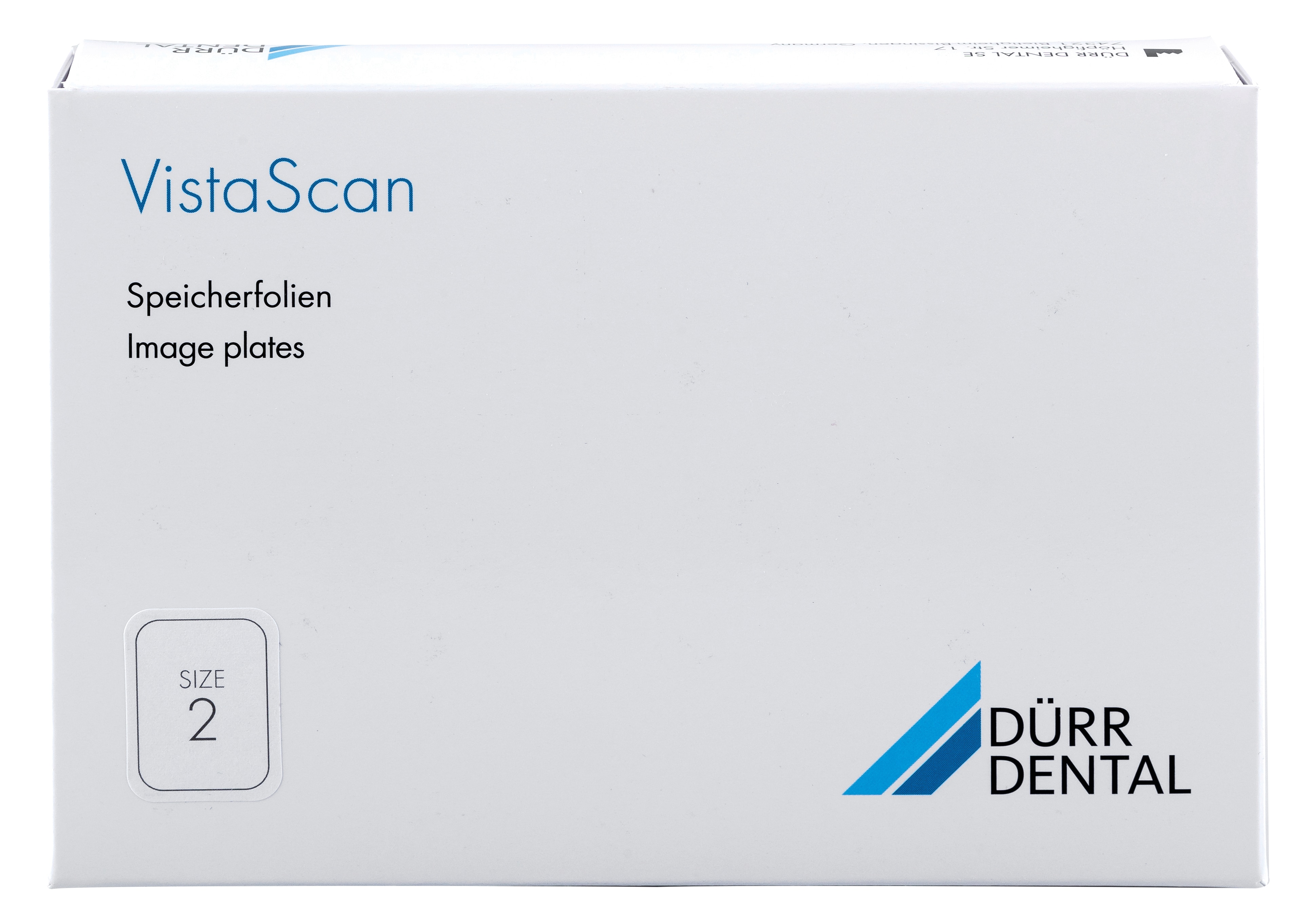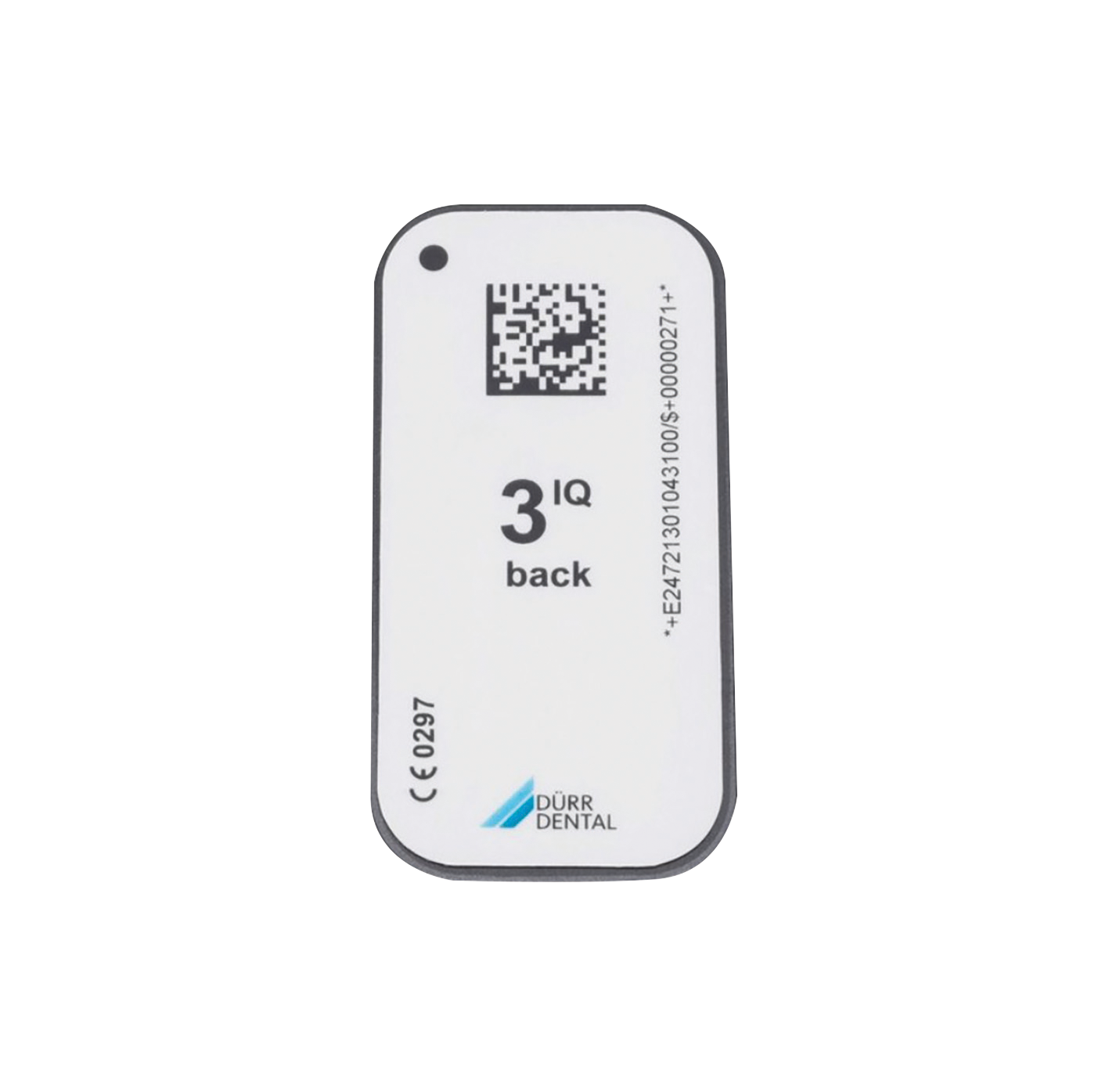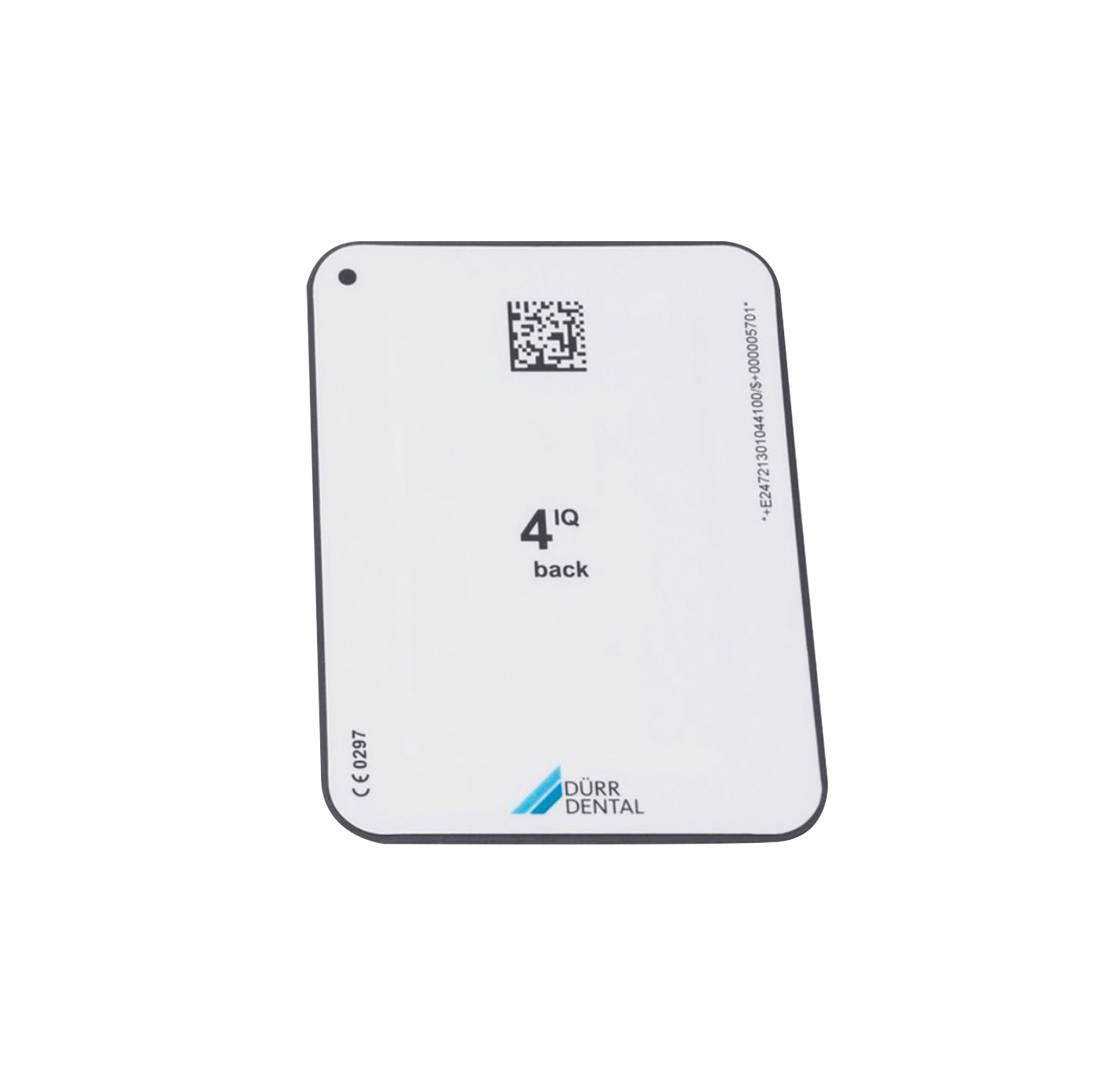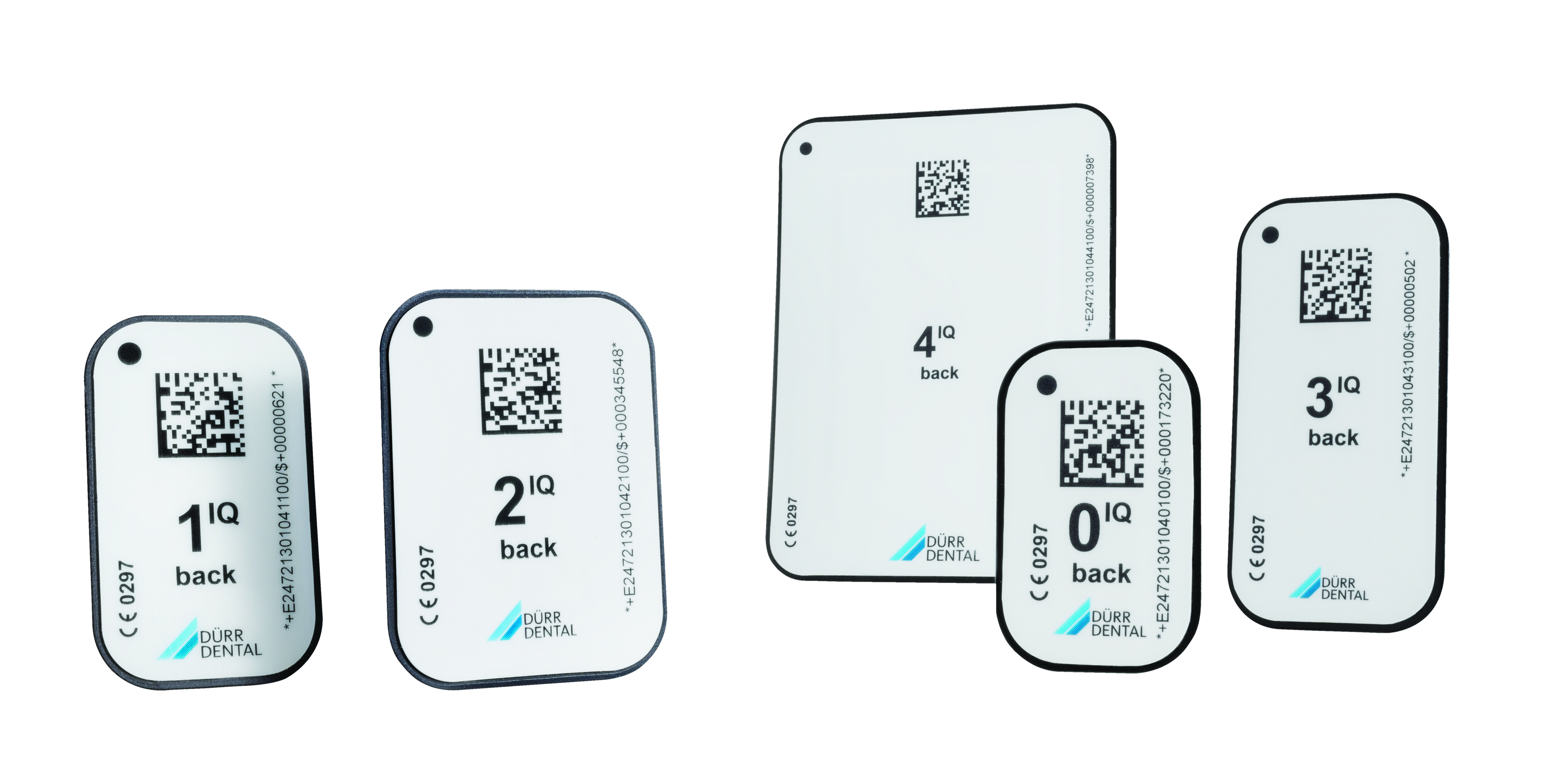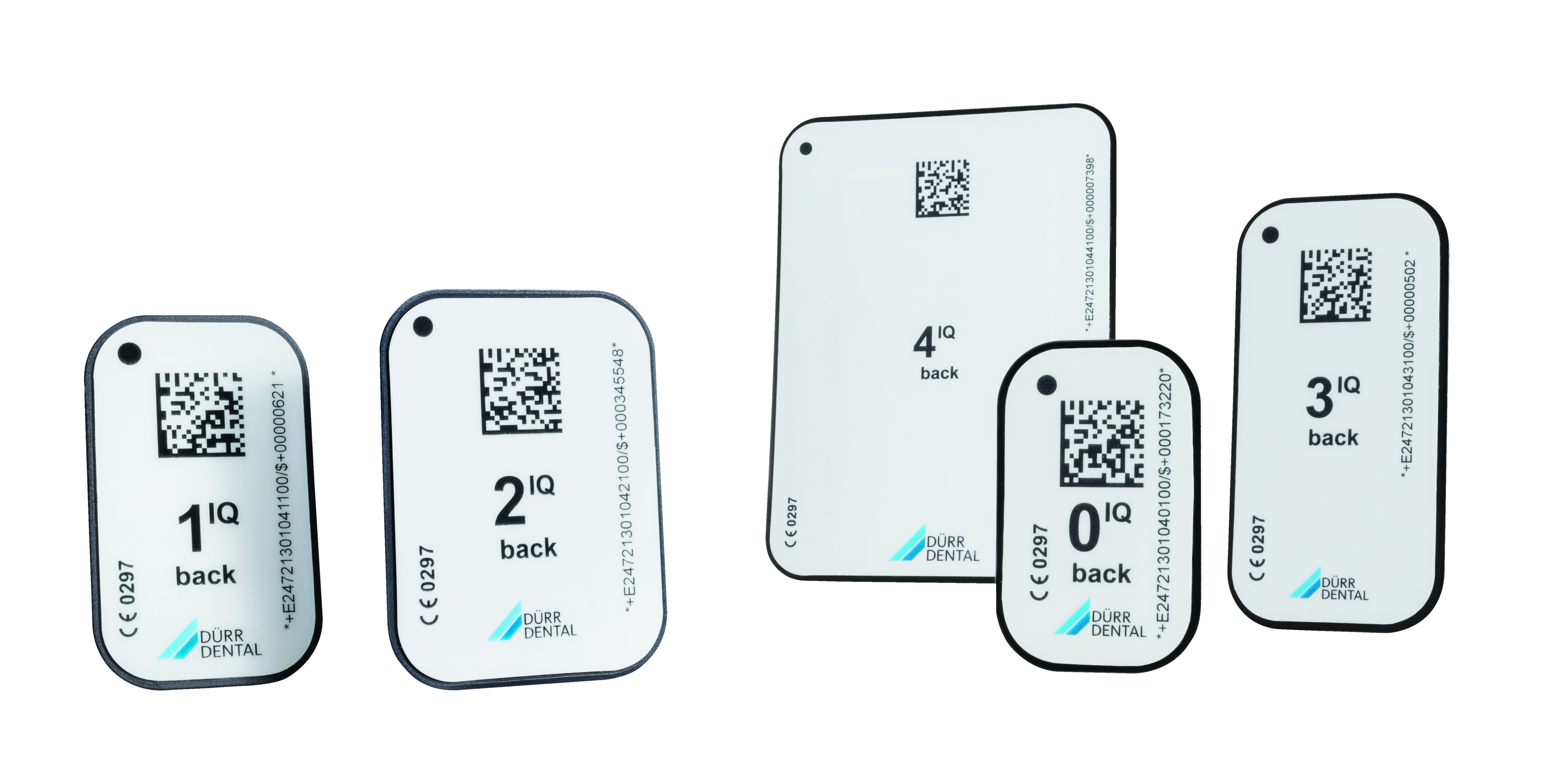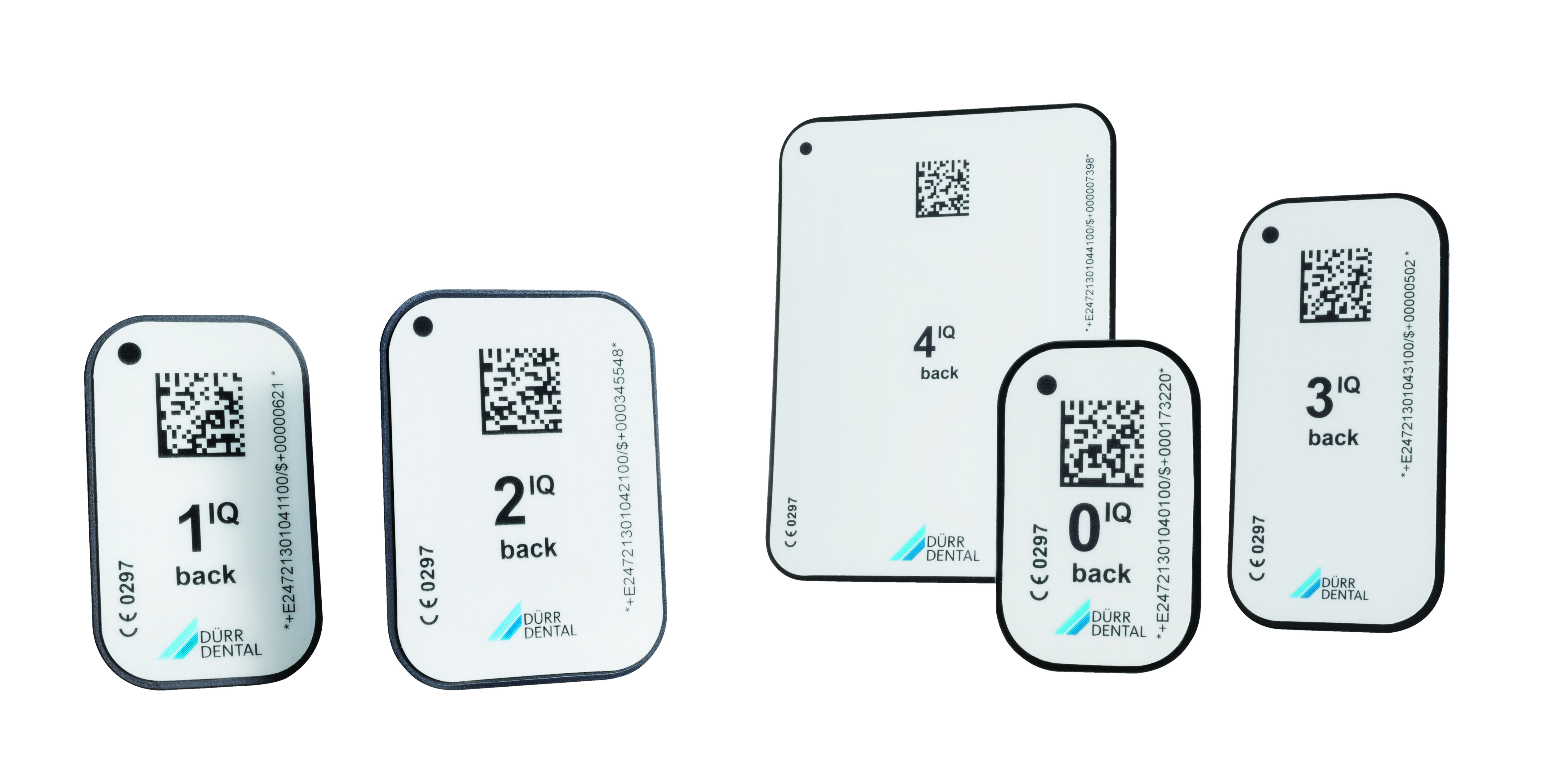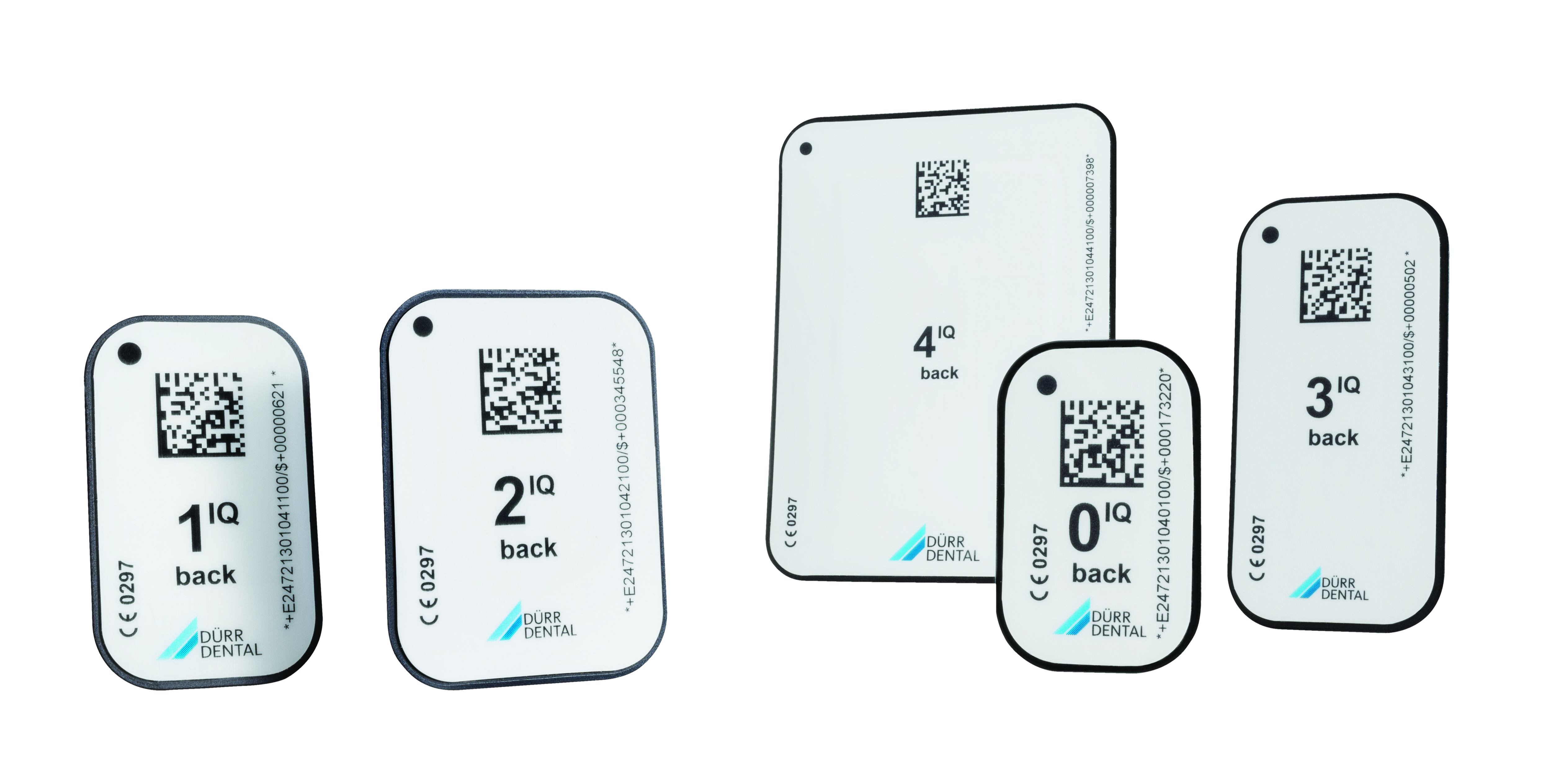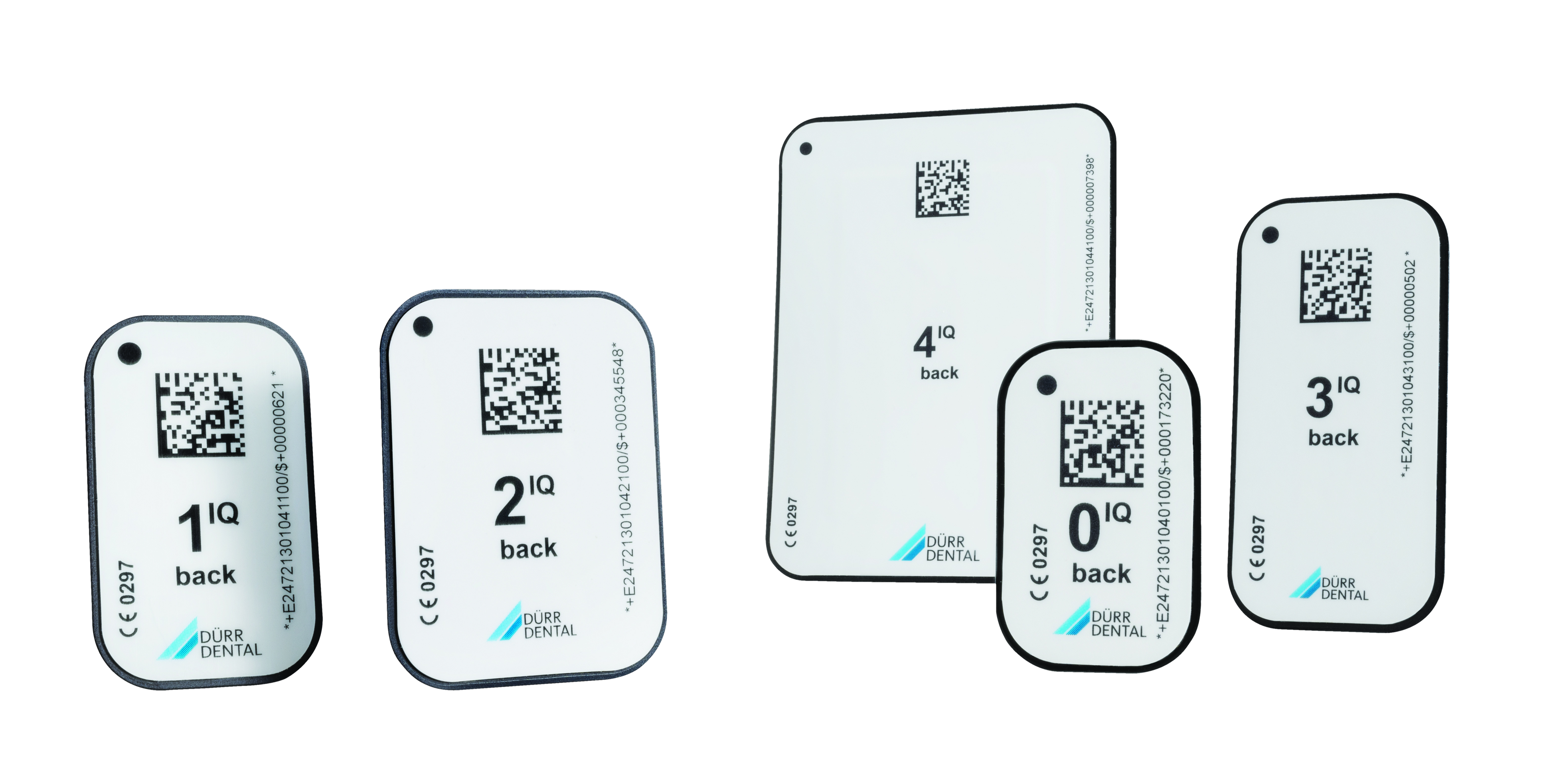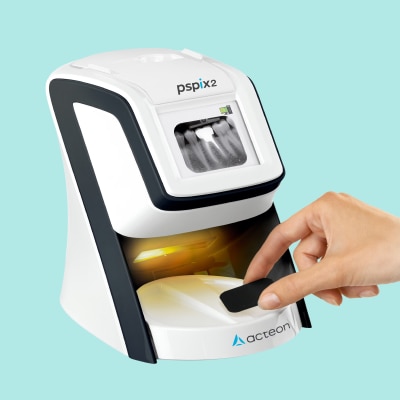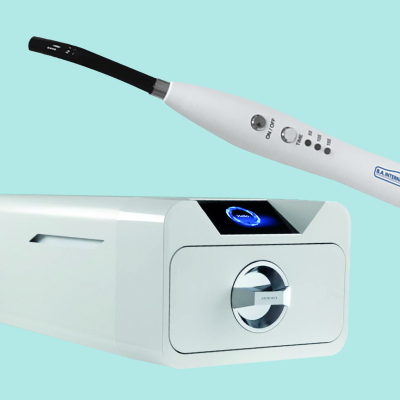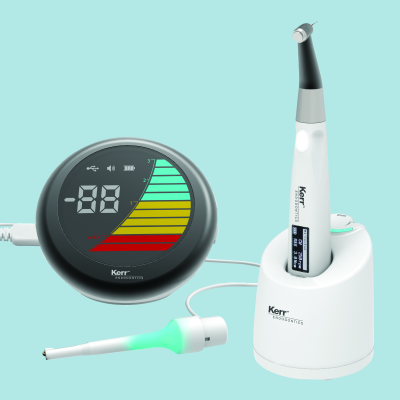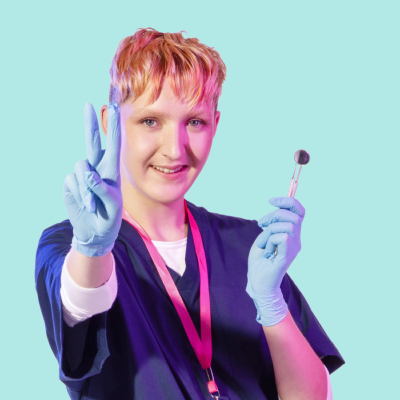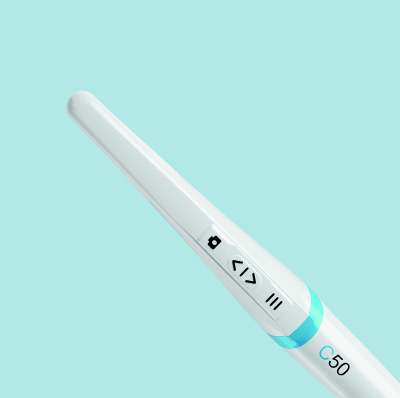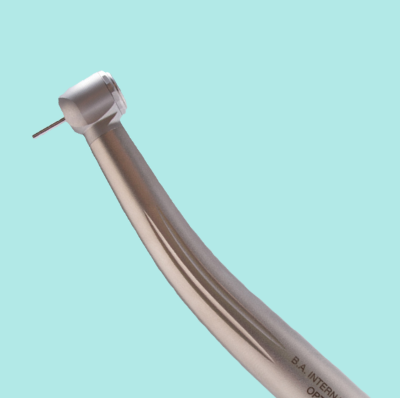2023 marked the 40th anniversary of phosphor stimulated radiography's first clinical use. Over the past four decades, the materials and technology used in phosphor plate radiography has continued to get better and enhance the quality and speed of dental x-rays. Despite the obvious advantages of digital radiography, many practices have not yet converted from their traditional x-ray methods. This can be down to budget restrictions, training concerns or a general lack of knowledge around the subject.
Phosphor plate radiography is considered by many to be the least expensive way to convert from analogue to digital imaging and have the easiest learning curve.
What is Phosphor Plate Radiography?
Phosphor plate radiography, also known as computed radiography (CR), is one of the most widely used digital x-rays methods. CR uses imaging plates with photostimulable phosphor (PSP) to capture and store x-ray energy from dental exposure. These imaging plates are commonly referred to as phosphor plates. The phosphor plates are then read by a digital imaging scanner which then sends the images to a connected computer. When done correctly, this entire process takes only seconds.
How Are Phosphor Plates Used?
Phosphor plates are used in a similar fashion to traditional x-ray film whereby the plate (housed in a special cassette) is positioned into in an x-ray film holder and placed in the patient’s mouth ready for them to bite down on.
Like with analogue film, the type of x-ray film holder used varies depending on if you’re taking an anterior, posterior or bitewing x-ray.
Unlike analogue film, which traditionally requires manual processing with the use of chemicals, phosphor plates can quickly be run through a scanner that reads and converts the image to a digital radiograph.
This digital image can then be enlarged, adjusted and enhanced on screen in areas such as contrast and brightness.

PSPIX2 Imaging Plate Scanner
What Are the Advantages of Phosphor Plate Radiography?
Phosphor plate radiography holds several advantages over analogue x-rays and other digital x-ray systems.
- Reduced chairtime - Radiographs are produced in a matter of seconds.
- Clearer images - Digital x-rays are generally considered to produce shaper, higher quality images.
- Capture more - The entire plate is capable of image capture unlike hard-wired (HR) digital sensors which usually have some inactive area.
- Less radiation - Phosphor plates produce up to 90% less radiation compared to traditional x-rays.
- Digital enhancement - Helps assist in diagnosis and patient education.
- Less waste - No need for chemicals to process images and there is no film to dispose of.
- Easy sharing - Digital radiographs can be shared rapidly with other dental professionals.
- Smooth transition - The technique is near identical to analogue.
- Cheapest digital option - The costs involved are generally cheaper than buying a top-end HR digital sensor system.
- Patient friendly - Phosphor plates are flexible and can be well-tolerated in the posterior regions of the mouth - unlike some rigid and bulky HR sensors.
Can Phosphor Plates Be Reused?
Studies have found that phosphor plates can be used at least 200 times before they begin deteriorating and need replacing. Theoretically there is no limit to the number of times a plate can be used if handled carefully and under certain radiation exposure conditions.
How Easy is It to Convert to Phosphor Plate?
Phosphor imaging plates can be easily retrofitted to existing rooms and used in multiple x-ray sites since digital imaging scanners can be shared between multiple rooms. The initial purchase of a digital scanner will be the most expensive part of the conversion process, but this machine can last a lifetime with proper maintenance. The compact and wireless Acteon PSPIX2 phosphor image plate scanner is the only scanner on the market with optional removable parts that can be sterilised in an autoclave to give maximum protection.
Where Can I Buy Phosphor Plates?
Acteon phosphor plates, Carestream phosphor plates and Dürr phosphor plates are all available to purchase from Kent Express.
Carestream phosphor plates

CSD Smart Plate Size 2 4pk

CSD Smart Plate Size 1 4pk
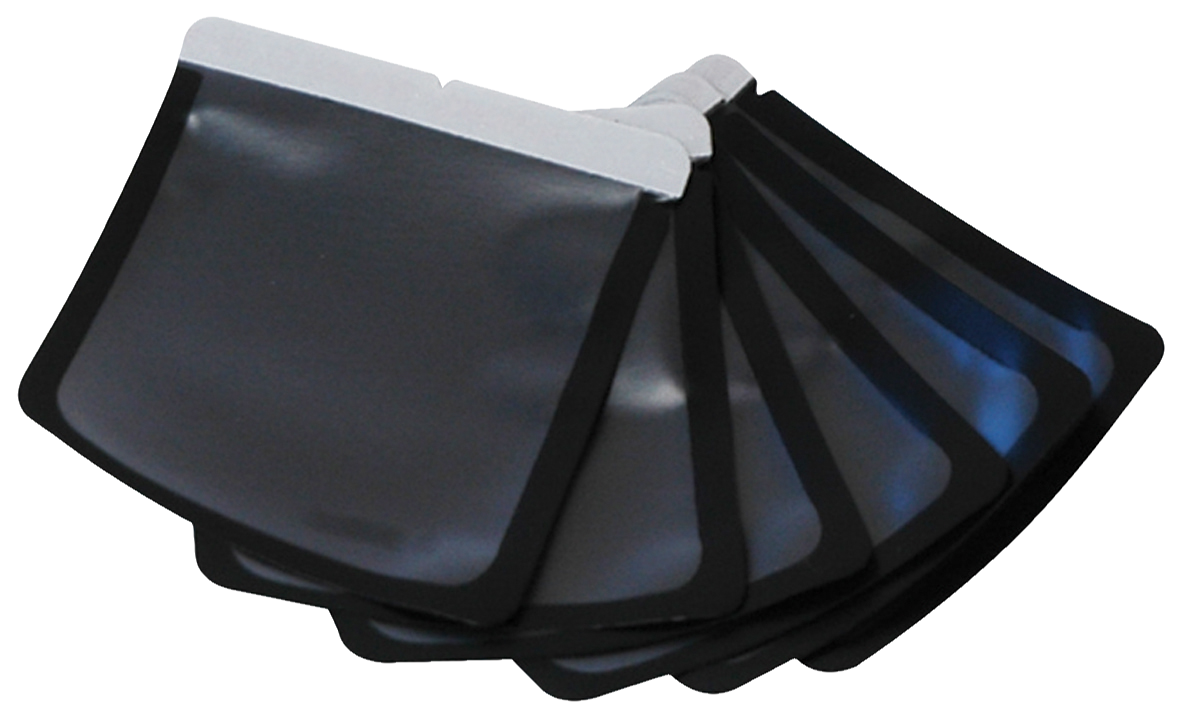
Barrier Envelopes Size 2 31x41cm 200/PK

Carestream Barrier Envelopes Size 1 200pk
Carestream phosphor plates
Smart Imaging plates for CS 7200 and CS 7600. Coated for scratch resistance, with sealed edges to avoid moisture contamination.

CSD Smart Plate Size 2 4pk

CSD Smart Plate Size 1 4pk

Barrier Envelopes Size 2 31x41cm 200/PK

